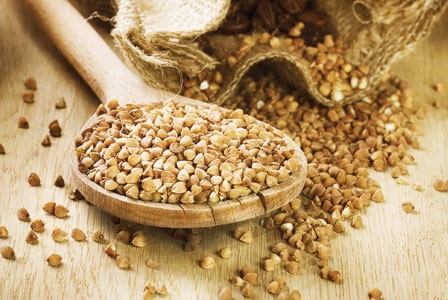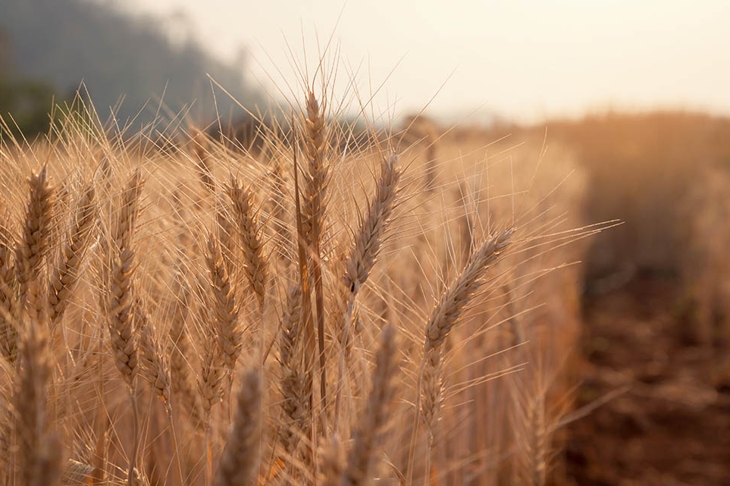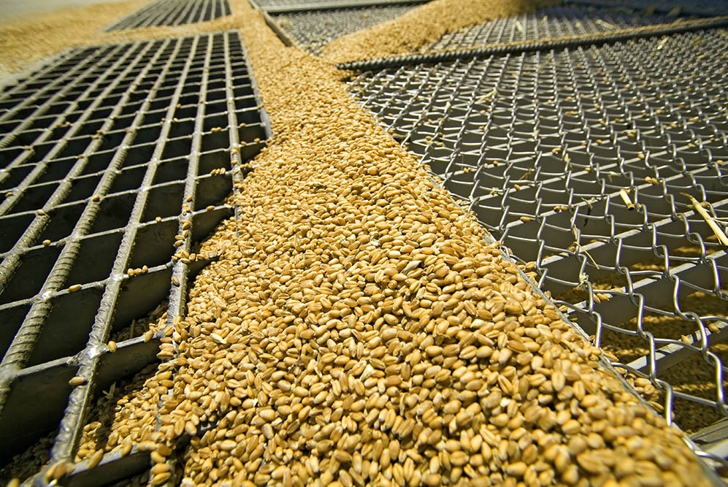
The prevalence of celiac disease has doubled in the past 25 years. Identifying a gluten sensitivity from celiac disease is an important first treatment step.
Many people are embarrassed to describe their diarrhea, gas, and cramps to their health care practitioner. Instead they quietly cut back on foods they believe are giving them problems. Gluten-containing foods are high on this list.
Gluten is a protein in grains including wheat, rye, and barley. Eating gluten gives many people symptoms including diarrhea, gas, cramps, bloating, fatigue, headache, and irritability. These symptoms are common to both celiac disease and gluten sensitivity, and they tend to worsen the more gluten we eat.
Wheat-based products account for a whopping 77 percent of grain products consumed in Canada. In addition, changes to farming practices have boosted the protein content of wheat, exposing consumers to more gluten. Wheat consumption is a recognized trigger for celiac disease in genetically predisposed individuals. Wheat can also trigger gluten sensitivity.
What is celiac disease?

Celiac disease is a chronic autoimmune disease triggered by consuming gluten, which causes the small intestine to produce antibodies that damage the small intestine. The only treatment is a strict gluten-free diet for life. Consuming even traces of gluten puts a person with celiac disease at increased risk for other serious autoimmune conditions, gastrointestinal cancers, infertility, osteoporosis, and vitamin and mineral deficiencies—even though he or she may feel no symptoms.
How prevalent is it?

Rates of celiac disease have nearly doubled in the past 25 years. Over 330,000 Canadians, including 73,000 children, have been diagnosed with it. For those with a first-degree relative with celiac disease, the chance of developing it increases by 20 percent. Researchers have not yet uncovered the reason for the dramatic increase in cases, but there are several possibilities.
Mayo Clinic researchers are exploring several environmental causes of celiac disease. One theory, the “hygiene hypothesis,” theorizes that our environment is so clean, our immune system has little to attack and turns on itself instead.
Another possible cause is the way wheat is processed today. Newer strains of wheat differ from older strains due to hybridization. Researchers hope to grow some of the older strains of legacy wheat to compare it to modern types of wheat.
What is gluten sensitivity?

Research has begun to focus on gluten sensitivity, but it is still unclear how common it is. People with gluten sensitivity have many of the same symptoms as people with celiac disease. These include diarrhea, gas, cramps, bloating, fatigue, headache, and irritability. But gluten sensitivity does not produce antibodies or damage the small intestine.
People with gluten sensitivity can occasionally (or accidentally) eat small amounts of gluten with no negative impact on long-term health. Gluten sensitivity is easier to manage when you travel, eat at restaurants, or eat in other people’s homes, whereas celiac disease can only be treated by strictly avoiding all gluten. It is manageable, but it’s not easy.
Testing for celiac disease

If you think you are sensitive to gluten, it is critical to get screened for celiac disease prior to starting a gluten-free diet. When you eat a gluten-free diet, the tests for celiac disease are not reliable, so you will not know whether you have gluten sensitivity or celiac disease—and it matters. Book an appointment and ask your health care practitioner for the appropriate blood tests.
Now that blood and saliva tests are used to screen people with symptoms, more people are being screened. The test identifies the presence of specific gluten antibodies. A biopsy of intestinal tissue was previously the first line of testing, but now a biopsy is performed after a positive blood test to establish a firm diagnosis of celiac disease.
Choose gluten-free options

Once a positive diagnosis of celiac disease or gluten sensitivity is made, gluten must be avoided. But given the prevalence of gluten-free foods on store shelves and the fact that many people are avoiding gluten, whether they need to or not, are there any negative health effects from eating gluten-free foods?
Gluten-free packaged foods have more calories and fewer nutrients than the original wheat products they mimic (breads, crackers, muffins, cakes, and cookies). This is because gluten is the component of baked goods that makes them airy and tender. Bakers and manufacturers of gluten-free products often add starches and refined flours (germ and fibre removed) to make the texture a little less crumbly, lighter, and familiar.
The refined starches and flours turn the baked goods into nutritionally poor foods, suitable more for dessert than part of your main entree. They have a high glycemic index, more calories, and lose most of their B vitamins, vitamin E, iron, and other minerals during refining. Some products are enriched to replace some of the nutrients lost in processing. This is helpful but not as good as 100 percent whole grain.
Prioritize plant-based

Unprocessed, plant-based foods are your best bets to avoid gluten. Fortunately, with the recent popularity of gluten-free eating, more and more wholesome choices for familiar foods are available. When choosing gluten-free convenience foods, look for 100 percent whole grains on the ingredient list.
Choose a variety of alternate whole grains such as quinoa, millet, cornmeal, brown rice, black rice, wild rice, buckwheat, and teff. A variety of wholesome gluten-free grains can actually improve the nutritional quality of your diet.
Choose gluten-free alternatives

Many processed foods contain gluten. Check the labels of these foods carefully, or choose gluten-free alternatives:
- breads, crackers, and baked goods
- cereals
- candies
- pastas
- salad dressings, condiments, and sauces
- soups
Supplements for celiac disease

Malabsorption of nutrients in the small intestine may lead to nutritional deficiencies, including a loss of calcium and bone density. Consult your health care practitioner about these supplements and dosage information:
- calcium
- folate
- iron
- vitamins B12, D, and K
Shake it up

Learn to enjoy new grains cooked in traditional ways. Experiment with new recipes and combinations.
- Have quinoa salad for a fast lunch, hot or cold. Combine some leftover cooked quinoa with vegetables and a high-protein food (such as tofu, beans, seafood, fish, meat, or cheese) and you will not miss sandwiches. Flavour with sauces you use for your meat and vegetables—gluten-free Asian, citrus, Mediterranean, or Greek.
- For crunch, try cornmeal crisps made with leftover polenta. Spread cooked cornmeal on a cookie sheet. Once cool, cut into pieces (squares, triangles, or rectangles), and bake for 20 to 30 minutes. Top with sundried tomato, olives, or cheese—or all of them for a delicious treat.
- Make gluten-free stuffing with millet. It has a perfect mild flavour and soft texture to absorb the flavours of your spices. Stuff roast chicken, acorn squash, or peppers.
Test your knowledge

Which of the following foods are gluten free? >a) crispy rice cereal b) soy sauce c) buckwheat d) beer e) speltAnswer: c). Buckwheat is the only gluten-free food. Despite its name, it is a member of the rhubarb family of plants. Most crispy rice cereals contain malt flavouring, which comes from barley. Most soy sauces contain wheat. Beer is made from barley malt. Spelt is a type of wheat.




